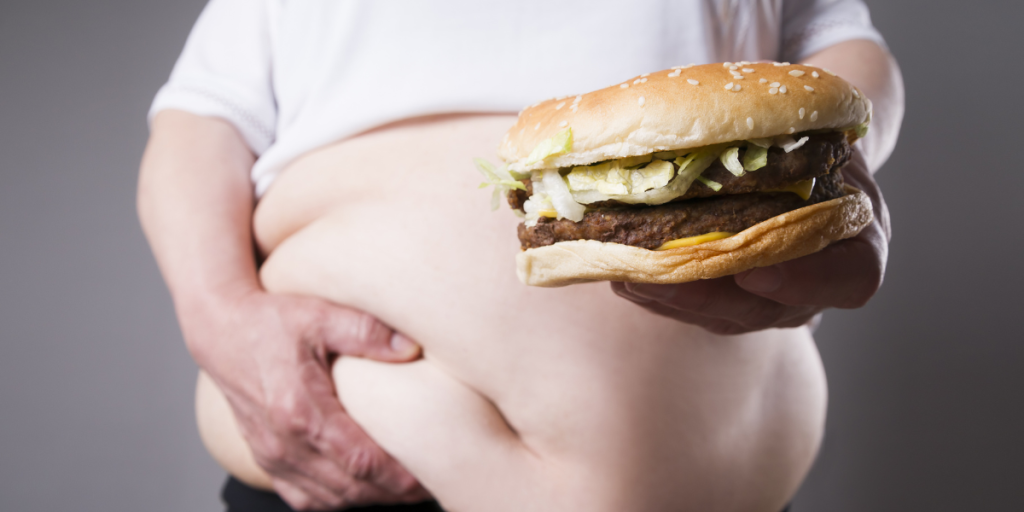Obesity remains one of the most persistent health challenges in the United States.
Others are reading now
Recent figures showing that roughly one in three adults meets the medical definition of obesity, a body mass index of 30 or above.
The problem extends to younger generations too, with one in six American children now affected.
A national study by WalletHub analyzed 50 states and the District of Columbia across 31 health-related indicators to identify where weight-related problems are most severe.
The findings paint a clear picture of where diet, access to healthy food, and lifestyle habits combine to create the highest obesity rates.
1. Mississippi
Known for its rich culinary traditions, Mississippi ranks near the top for obesity and inactivity.
Also read
Around a quarter of adults and many children get little to no physical exercise, while fruit and vegetable consumption remains well below national averages.
WalletHub’s data shows that many residents eat fewer than one serving of fruit per day, and the state also has one of the highest rates of physically inactive adults.
2. West Virginia
West Virginia’s figures are alarming, with about 42 percent of adults categorized as obese and another 31 percent overweight.
The state also records high levels of diabetes and cardiovascular disease.
One possible cause is the widespread consumption of sugary drinks among adolescents, coupled with limited access to healthy grocery retailers.
3. Kentucky
Also read
High rates of smoking, low physical activity, and widespread poverty are all linked to obesity in Kentucky.
Many residents rely on calorie-dense foods for affordability, while rural communities often lack recreational facilities that encourage exercise.
4. Alabama
In Alabama, more than a third of adults are obese, and lifestyle-related illnesses such as hypertension and heart disease are common.
Experts say limited public transport, hot weather that discourages outdoor activity, and cultural preferences for fried foods all contribute to the issue.
5. Louisiana
Louisiana’s famous cuisine may come at a cost. High-fat, high-sodium foods dominate local diets, while access to healthy groceries remains limited in rural areas.
Also read
The state also struggles with high levels of child obesity and one of the nation’s lowest exercise participation rates.
6. Tennessee
Tennessee has some of the highest rates of both obesity and diabetes in the South.
Researchers link this to insufficient physical education in schools, long working hours, and low awareness of nutritional guidelines.
7. Arkansas
The state faces similar patterns to its southern neighbors, with poor access to affordable fresh produce and high rates of childhood obesity.
Public health initiatives have begun focusing on improving school lunch programs and promoting community fitness events.
8. Oklahoma
Also read
In Oklahoma, fast food availability remains high while public health resources are limited.
The state’s obesity problem is compounded by low fruit and vegetable intake and relatively few community recreation spaces.
9. Texas
While Texas has urban centers with high awareness of nutrition, its vast rural areas face persistent problems.
Physical inactivity, reliance on processed foods, and high obesity rates in both children and adults make it one of the heaviest states in the nation.
10. Delaware
Though smaller in size, Delaware still struggles with weight-related health problems.
Also read
Socioeconomic disparities and limited access to healthy food outlets contribute to rising obesity rates, particularly among lower-income groups.
What drives the differences
WalletHub analyst Chip Lupo said states vary widely in how easy they make healthy living.
“While losing weight depends on individual effort, some states offer more support than others,” he noted.
“School meal regulations, local access to nutritious ingredients, and the availability of sports and fitness facilities all play a major role.”
Experts agree that without broader policies improving food access and community health education, America’s obesity crisis will continue to deepen, especially in states where poverty, diet, and environment combine to make staying healthy an uphill struggle.
Also read
Sources: Unilad, WalletHub, Obesity Medical Association, U.S. Centers for Disease Control and Prevention
This article is made and published by Kathrine Frich, who may have used AI in the preparation


